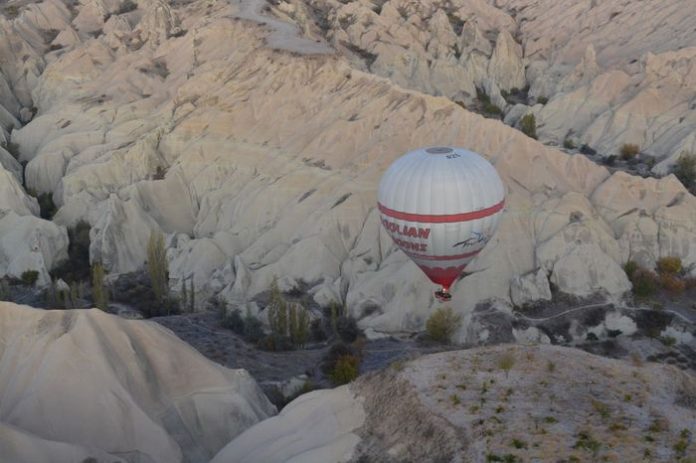The Tranquil Beauty of Bumeli Kavak and Surroundings
Mezar Burnu (Cemetery Point) stands on the site of the ancient Simas, and was in olden times notorious for its fane to Yenus of the Eorum, to which sailors resorted with votive offerings; it is now only noted for the large Moslem cemetery from which the cliff and village take their name.
Mezar Burnu, once known for its ancient worship site, is now recognized for the expansive Muslim cemetery that shares its name with the cliff and village.
Yeni Mahalleh – A Quaint Fishing Village
Yeni Mahalleh, the next place the steamer calls at, is merely a small fishing village, and is the point where the fortifications on the European side begin, with Fort Deli Tabia, built by M. Meunier, a French engineer, 1794.
Yeni Mahalleh, the next stop, is a small fishing village marking the start of fortifications on the European side, including Fort Deli Tabia, constructed by French engineer M. Meunier in 1794.
Bumeli Kavak – A Historical Gem
Bumeli Kavak, a little above Yeni Mahalleh, is the last station on the European side. The ruins on the hill are those of the castle built by Murad IV in 1628, on the site of an earlier Byzantine fortress.
Bumeli Kavak, the final station on the European side, boasts the ruins of a castle constructed by Murad IV in 1628, replacing an earlier Byzantine fortress.
Maritime History and Defense Structures
Text: The two moles, each 80 feet long, which formed an artificial harbor, were constructed by the Byzantines, who levied toll here on ships passing down from the Black Sea Scenic Delights Beyond Therapia. A chain stretched across the Strait to the opposite village closed the Bosporus in time of war to vessels coming from the Black Sea.
Byzantines built two 80-foot moles for an artificial harbor, collecting tolls from ships traveling down from the Black Sea Istanbul Religion Tours. A wartime chain across the Strait to the opposite village restricted Black Sea vessels.
Rich Mythological History
Text: Near the ravine, just beyond the village, are the ruins of a Greek monastery. On the hill above stood Ovid’s Tower, which was used as a lighthouse to protect ships against the wreckers who then infested this part of the Strait.
Close to the village is a Greek monastery’s ruins, and atop the hill was Ovid’s Tower, serving as a lighthouse to shield ships from wreckers in this section of the Strait.
Karibjeh Kalesi – A Battery with French Influence
Beyond Bumeli Kavak, the shores of the Bosporus are extremely uninteresting, and their monotony is only relieved by Buyuk Liman bay, at the south extremity of which is a battery. Karibjeh Kalesi, another battery a little farther on, was built in 1773 by the French general Tott, and stands on the site of ancient Gypopolis, where Phineas, according to mythology, entertained the Argonauts who had rescued him from the Harpies.
Further along from Bumeli Kavak, the Bosporus shores become unremarkable until reaching Buyuk Liman bay, home to a battery. Karibjeh Kalesi, built by French General Tott in 1773, sits on the site of ancient Gypopolis, linked to the myth of Phineas and the Argonauts.





